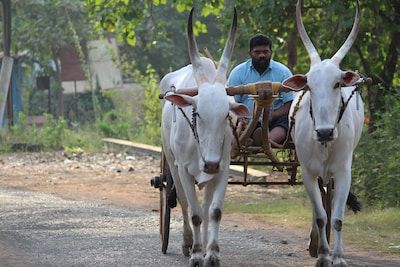In this blog I will be discussing the reasons we may choose to create a memorial to other-than human animals that are still alive. Since I began studying how to support people grieving the death of other-than human animals, I have become fascinated by the very many ways and reasons we choose to memorialise their memory at an individual, nationwide and global level.
Memorialisation is often considered to be something you do after their death, creating a memorial to their life and helping preserve their memory. However, we can do this at any stage of their life and is usually done throughout their life without us considering it a memorial. Photos and social media are two big ways we see people create memorials to their living companion animals.
Reasons to create memorials to the living:
1. The elderly or disabled.
Some people they may feel they have no choice but relinquish care of companion animal to friends, family, or rescue centres due to their age, illness or deterioration of health. For some this may be temporary while they recover, while for others it may be a permanent move.
2. Those leaving home or those who work away from home temporarily.
People may need to temporarily leave their place of residence for work or to study.
E.g. university students, driving HGV’s, military members training or deploying overseas.
3. Those moving to rented accommodation with a policy against other-than human guardianship.
These people may have no choice but to relinquish care of companion animals due to policies set by external factors that are out of their control.
4. Those fleeing interpersonal violence, natural disaster, war or persecution.
These people may have had to make the difficult decision to leave behind companion animals for their own safety, survival or out of desperation at the circumstances they are in.
5. People who are experiencing anticipatory grief.
Anticipatory grief can be felt at any time throughout the guardianship of other-than human species and many people may choose to create memories while they are still living in preparation for their death.
6. Composite memorials.
This is a term I thought up to describe memorials that can be to remember groups who are living and deceased at the same time. One example of this can be the purple poppies used for the remembrance of the other-than human animals who are victims of war. While this is a subjective memorial open to individual interpretation, my personal idea of victims of war is inclusive of those who are alive but medically retired due to life altering injuries because of their service or retired simply due to their age.
This would make the purple poppy a symbol of remembrance for both the deceased and the living giving a multi-faceted meaning memorialisation.
Courses that may interest you
Understanding Animal Loss & Grief

Introduction to Anthrozoology

Pet Loss & Grief Counsellor

